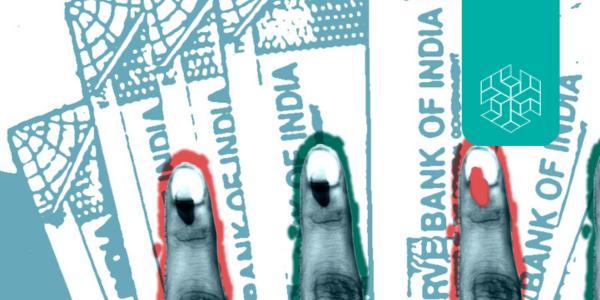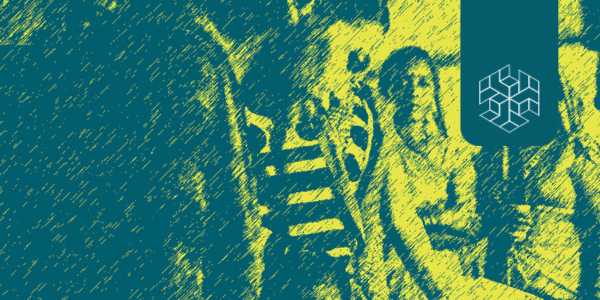Authored by: Teena Thomas
Research Assistance by: Diksha Pandey
Edited by: Kausumi Saha
ABSTRACT
The Indian legal system has long established a rehabilitative response to juvenile crimes. However, with the passing of the Juvenile Justice (Care and Protection of Children) Act 2015, a shift was made towards a more punitive approach for effectively curbing juvenile crimes. The 2015 Act allowed for children between the ages of 16 to 18 years to be tried as adults, albeit only in cases of heinous crimes. This issue brief discusses the motivations of the Indian political and legal systems behind affecting such a shift and the merit, if any, of moving away from a reformative approach when dealing with children in conflict with the law.
BACKGROUND
Under the legal framework governing justice for juveniles in India, a juvenile or a child is defined as any person who is below the age of 18 years. Prior to the passing of the Juvenile Justice (Care and Protection of Children) Act, 2015, such a child, when in conflict with law1, regardless of the nature of offence committed was required to spend a maximum of three years in institutional care. Such a child could not be given a penalty higher than three years, or be imprisoned. When the 2015 Act replaced the Juvenile Justice (Care and Protection of Children) Act, 2000 and came into force on January 15, 2016, it allowed for juveniles in the age group of 16 to 18 years involved in cases of heinous crimes2, to be tried as adults.
The 2015 Act required that Juvenile Justice Boards (JJBs) be set up in every district of the country to conduct preliminary inquiries in cases of juvenile crimes, with the aim of determining the physical and mental capacity of such a child as well as his or her ability to comprehend the consequences of the offence committed. This marked a clear departure from treating a child as doli incapax: someone who is incapable of realizing the consequences of his or her actions.
After the completion of the inquiry, the Board can decide to transfer the case to a Children’s Court for trial. If found guilty during the trial, the child is to be sent to a place of safety4 for reformation and rehabilitation till he or she attains 21 years of age. Upon turning 21, an evaluation of such a child is to be conducted by the Children’s Court. If the child is determined to be reformed, he or she can be released on probation. If not, the child is transferred to an adult jail and serves the rest of the term of imprisonment, determined in accordance with the offence committed.



